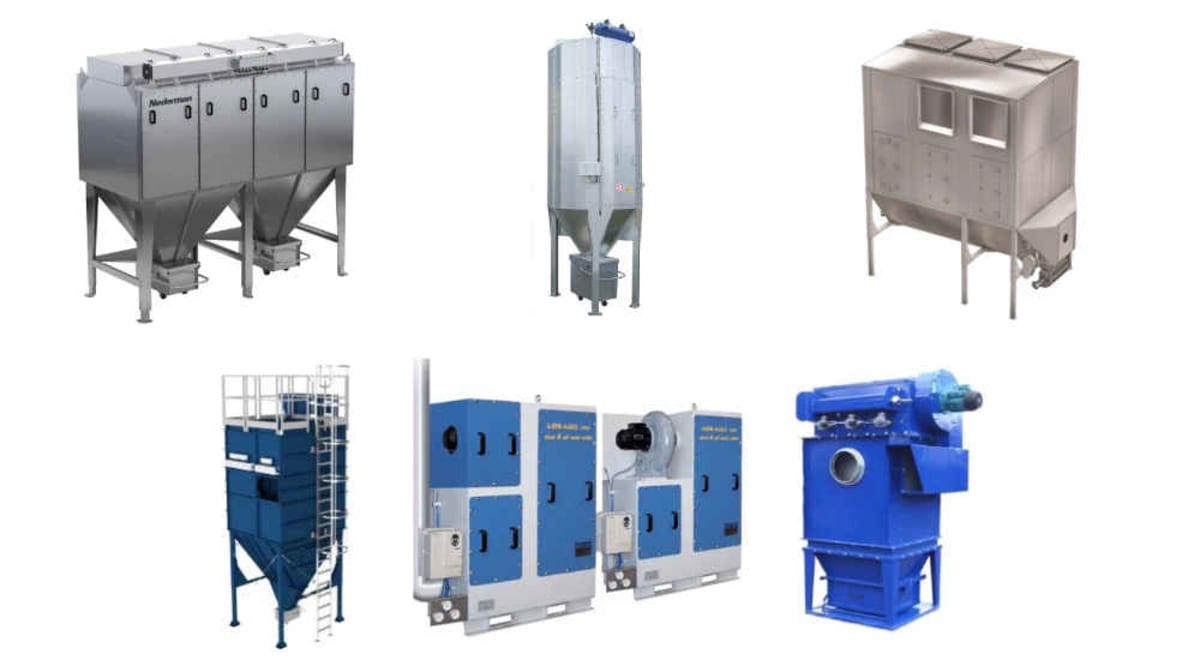Suction, filtration, and dedusting: choose to improve your work environment

Suction, filtration, and dedusting are terms commonly used in industrial and environmental settings, but what exactly do they mean, and what are the differences between them?
So.Tec, an engineering Italy-based company specializing in air purification systems, explains the nuances and specifics of each process, along with some guidelines for choosing the most suitable for production needs.
Suction
It is the fundamental process of removing dust, fumes, or other particles from the air or gases to improve air quality and ensure a healthy and safe environment. This operation is carried out through systems that create a pressure difference between the surrounding environment and a specific point. The contaminated air or gas is then directed toward the suction device, where contaminants are captured and separated.
Filtration
It is the process of separating solid or liquid particles through filters that capture and retain unwanted particles while allowing clean air to pass through. There are different types of filters:
• Cartridge filters are widely used and consist of a cylindrical filter made of porous material. Contaminated air passes through the filter, where particles are trapped on the surface or inside the filter. These filters are effective in removing particles of varying sizes and are easily replaceable;
• Bag/sleeves filters, as the name suggests, have a structure with multiple bags or sleeves that act as the filter. Contaminated air passes through the bags or sleeves while particles remain inside. These filters offer greater particle collection capacity than cartridge filters, allowing a longer interval between replacements;
• cyclone filters are designed to separate particles based on their mass and angular momentum. Contaminated air is directed into a rotating vortex inside the filter, where heavier particles are pushed toward the outer wall and collected in a separate container. Clean air will instead continue to flow through the filter. These filters can remove larger particles and be used as pre-filters to reduce the load on subsequent filtration units.
Dedusting
It is the process of removing airborne dust through dedusting systems designed to capture and hold suspended solid particles in the air, thereby improving air quality. Dedusting systems use a combination of methods, such as filtration, inertia, and electrostatic principles, to separate dust from the air. Through the use of specialized filters, particles are captured and retained, allowing clean air to be released into the surrounding environment.
Using a dedusting system offers numerous benefits, such as:
- health protection for workers, reducing exposure to dust and preventing respiratory diseases;
- a clean work environment, improving the efficiency of production processes and reducing the need for frequent maintenance and cleaning of equipment;
- compliance with environmental regulations by reducing dust emissions into the air, promoting a more sustainable environment.
Choosing the right system for your needs
In general, filters can adapt to different filtration needs, enabling the removal of particles of different sizes and natures. Whether cartridge, bag, or cyclone filters, their main goal is to improve air quality by removing unwanted particles and creating healthier and safer environments. When choosing the right dedusting system for your needs, it is paramount to consider several factors. So. Tec's highly qualified staff recommends that you:
• assess the nature of the dust in the work environment and its characteristics, namely particle size, concentration, and chemical properties. The initial evaluation will help determine the most effective type of dedusting systems, such as cartridge, bag or cyclone filters, or electrostatic precipitation devices;
• consider the volume of air to be treated and the flow rate required to ensure effective dedusting. The size and layout of the work area play a crucial role in system selection;
• evaluate current regulatory requirements and safety standards to ensure compliance with environmental regulations and worker safety;
• consider the energy efficiency of the system.
Proper evaluation of these factors will help choose the most suitable filtration or dedusting system, improving air quality, workplace safety, and overall efficiency of operations.
Want to improve your work environment and still don't know what to choose? Contact So.tec sales staff via the references provided to receive personalized advice and choose the best air purification system.

